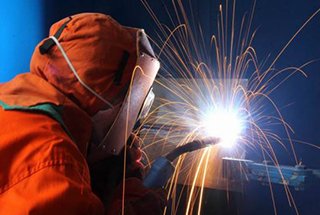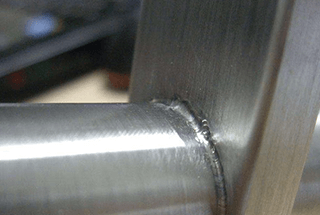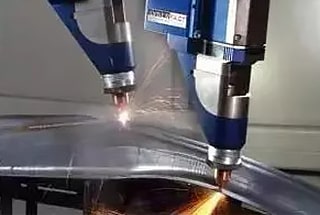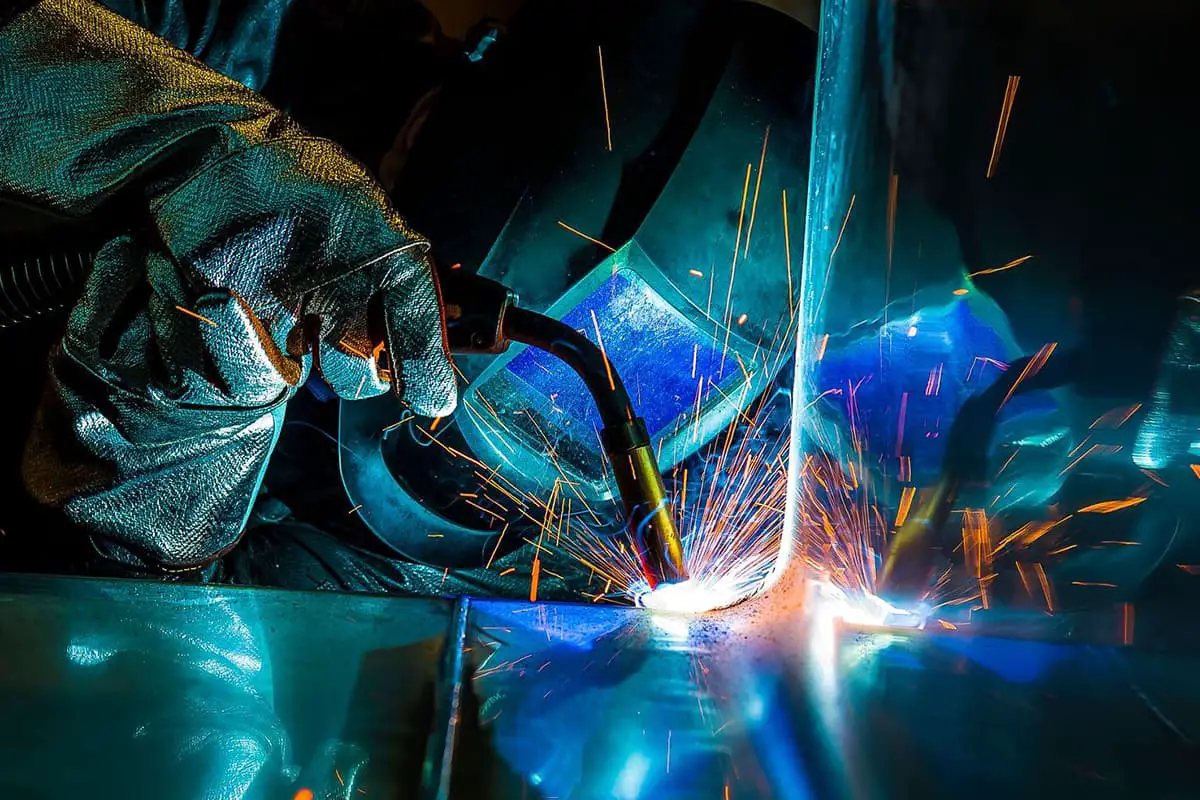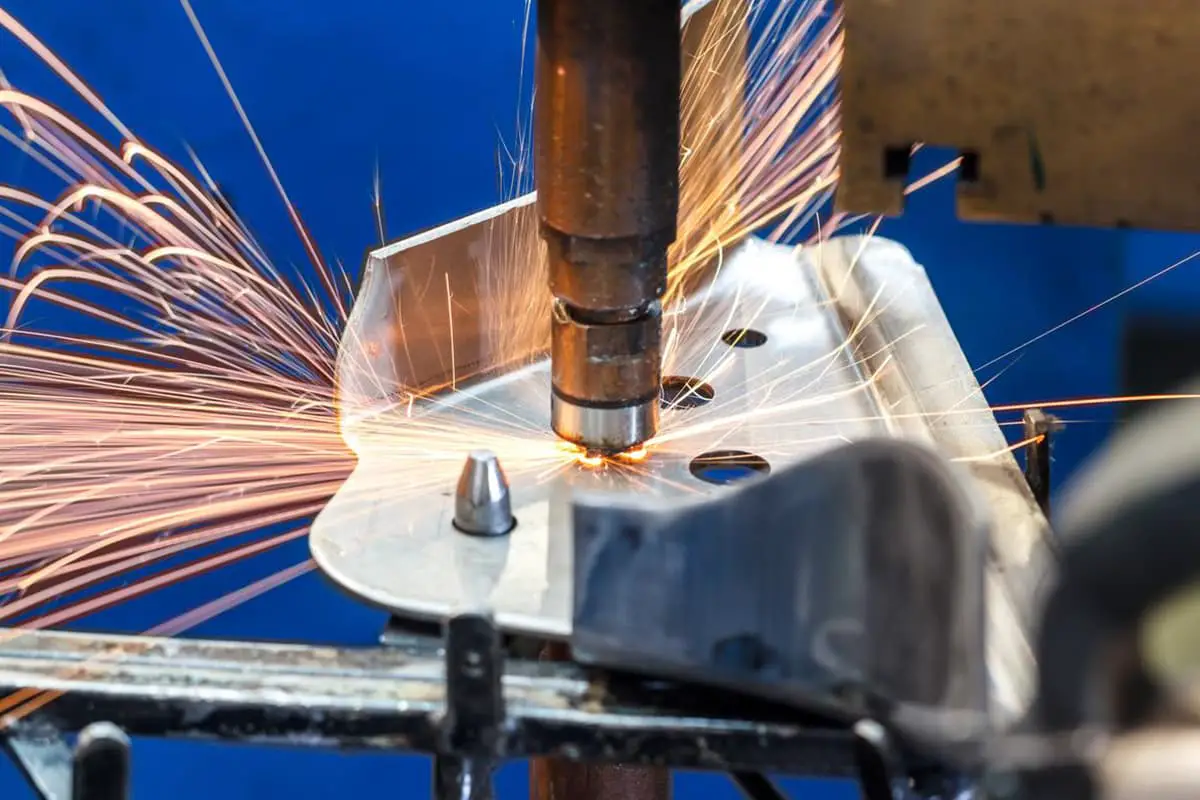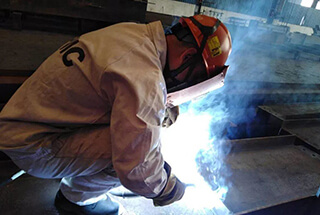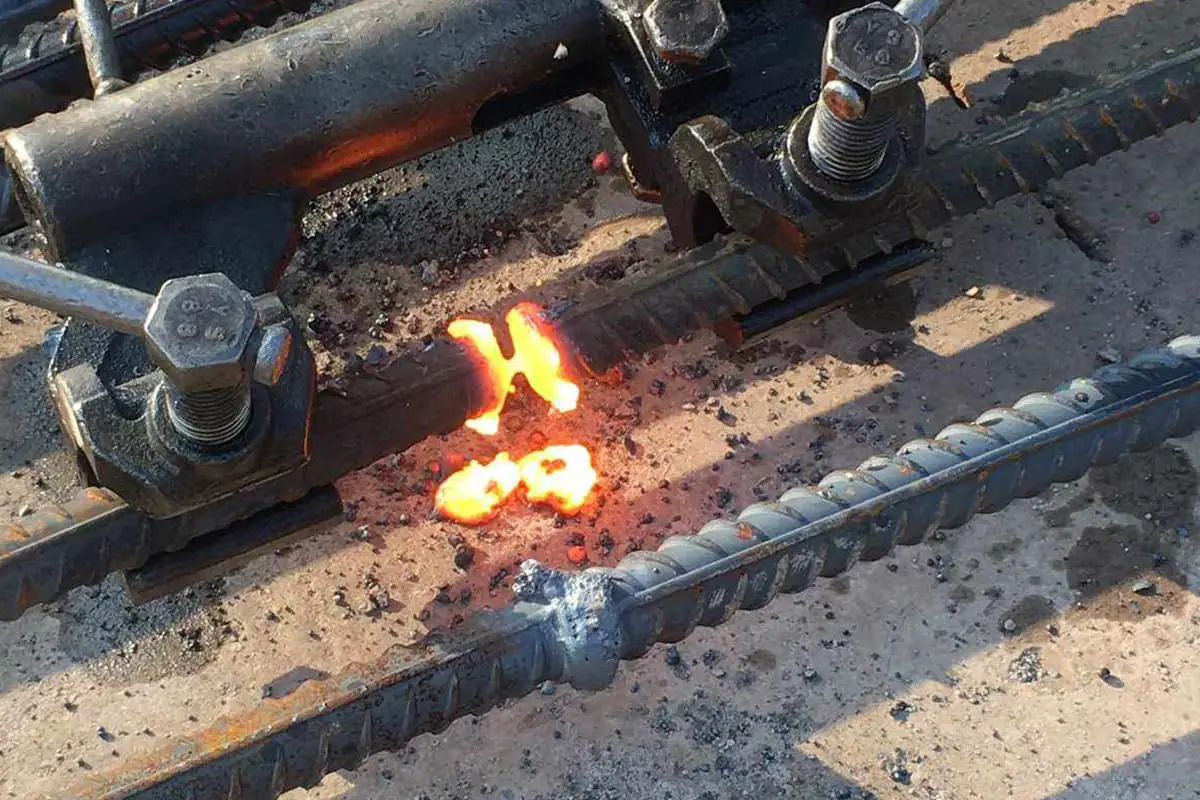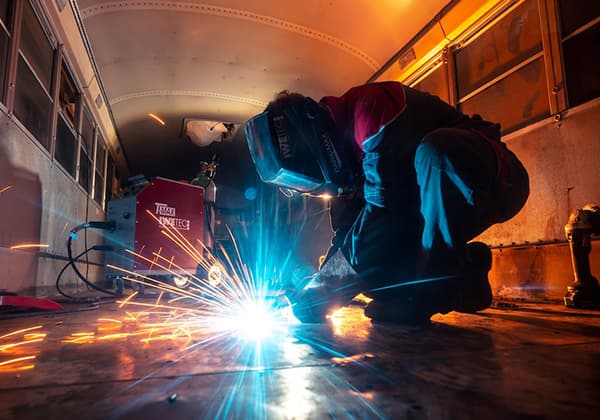
What if you could weld metals together without any heat, just by applying pressure? Cold pressure welding does just that, achieving a solid bond by pressing metals together at room temperature. This method avoids common issues like heat-affected zones and brittleness, making it ideal for materials like aluminum and copper. In this article, we’ll explore the types of cold pressure welding, the equipment needed, and its pros and cons, providing you with practical insights into this fascinating process.
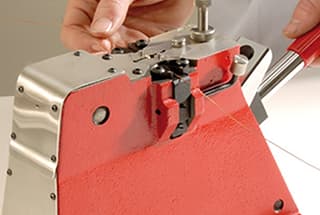
Cold pressure welding is a method of achieving solid-state welding by applying pressure to the metal to be welded at room temperature and causing plastic deformation.
During the process of plastic deformation, impurities, such as oxide film present at the interface of the joint, are extruded out. This allows for closer contact between the pure metal, facilitating intergranular bonding.
In contrast to hot welding, the process of cold pressure welding avoids the common issues of generating a softening zone, heat-affected zone, and brittle metal intermediate phase.

It is mainly used for welding metals with good plasticity (such as aluminum, copper, etc.).
The principle of cold pressure welding is relatively simple. Under applied pressure, the workpiece to be welded undergoes significant deformation through physical contact with the materials.
During deformation, the oxide film on the surface breaks, and plastic deformation of the materials is squeezed out of the connection interface, allowing pure metals to come into contact and form a solid connection joint.
For butt cold pressure welding, first, the cleaned weldment is placed into the fixture, with the end extended a certain length, and then clamped.
As the movable fixture moves forward, pressure is applied for upsetting, based on the nature of the material to be welded and the size of the end face of the workpiece. This results in local plastic deformation of the end face of the workpiece, extruding some metals and impurities.
Continued welding pressure causes the atoms on the contact surface of the workpiece to form a combination between crystals, tightly connecting the workpieces to form a welding joint, completing the cold pressure welding process.
The number of upsetting times required depends on the material, generally ranging from 1 to 3 times.
There are two important factors to realize cold pressure welding:
Firstly, a certain amount of pressure is applied between the workpieces, which is necessary for the metal to produce local plastic deformation and atomic bonding.
Secondly, under this pressure, the end metal of the workpiece must have sufficient plastic cold pressure, which is a necessary condition for welding.
When carrying out cold pressure welding in a closed mold cavity, the applied pressure must be greater.
If the metal does not have enough plastic cold pressure, then cold pressure welding cannot be realized.
Furthermore, in some cases, relying only on pressure and plastic deformation may not be sufficient. There are four factors to consider, including pressure, sufficient plastic deformation, the temperature generated by plastic deformation over time, and atomic diffusion.
To carry out cold pressure welding smoothly, it is necessary for the metal to be welded to have high plasticity at low temperatures. Therefore, it can be challenging to perform cold pressure welding for metal materials with higher hardness.
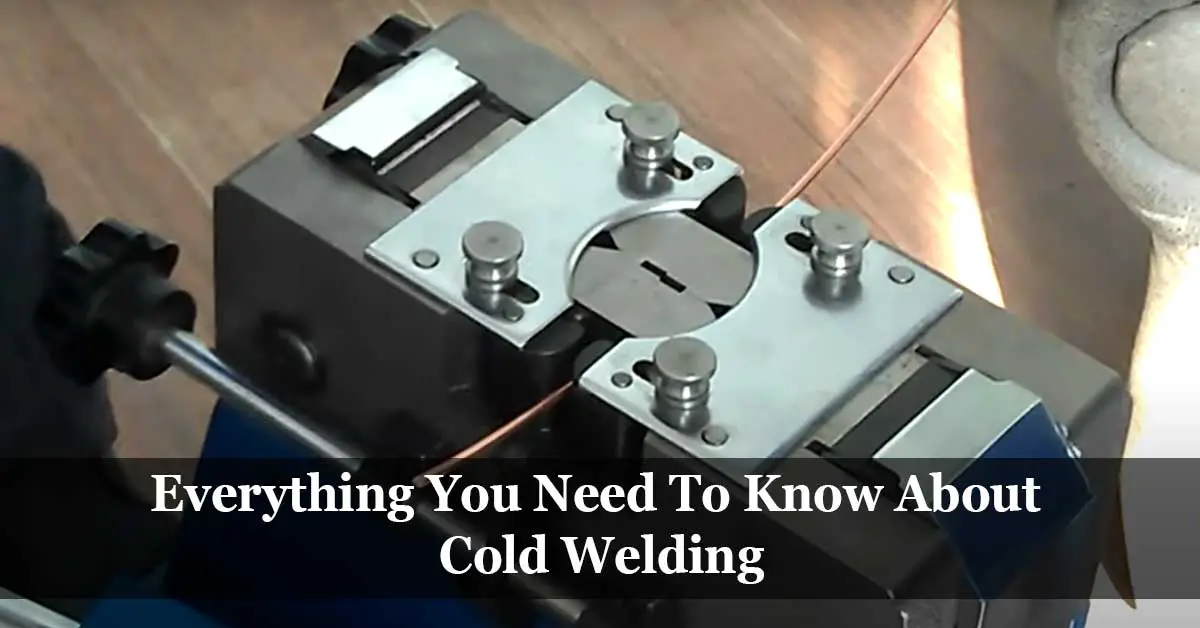
According to the different forms of cold pressure welding joint, it can be divided into lap cold pressure welding and butt cold pressure welding.
When performing cold pressure welding for lapping, the workpiece should be positioned and then pressure should be applied using a steel indenter.
Once the indenter has been pressed to the required depth, the welding can be completed. Cold pressure lap welding can be further classified into two categories: lap spot welding and lap seam welding.
When a columnar indenter is used to create the welding spot, it is referred to as cold press lap spot welding. On the other hand, when a roller type indenter is used to create a welding seam, it is called cold press lap seam welding.
Lap seam welding can be further divided into rolling welding, sleeve welding, and extrusion welding.
Lap cold pressure welding is primarily used for connecting foil and plate materials.
During butt cold pressure welding, clamp the workpiece between the left and right jaws respectively, and extend it to a certain length. Apply sufficient upset pressure to make the extended part produce radial plastic deformation, which extrudes any impurities on the welding surface to form metal flash. The closely contacted pure metal then forms a weld, completing the welding process.
Butt cold pressure welding is primarily used to manufacture butt joints for the same or different metal wires, bars, or pipes.
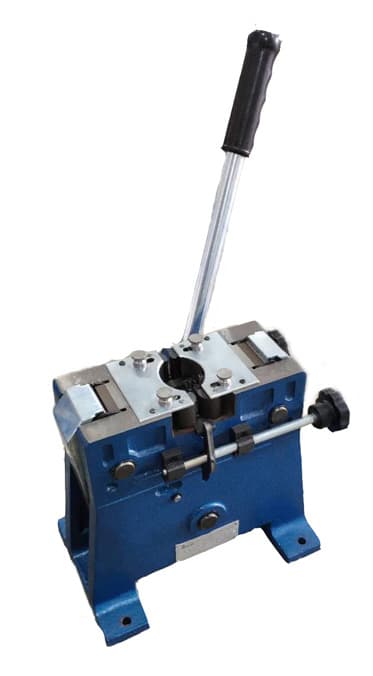
Cold pressure welding equipment mainly includes cold pressure welding tongs and cold pressure welding machines.
Cold pressure welding tongs are primarily used for butt cold pressure welding and are suitable for field installation. They can weld aluminum conductors with a diameter of 1.2~2.3 mm and are widely used in cable welding plants.
Cold pressure welding involves butt welding and spot welding, with the cold pressure butt welding machine being the most widely used. This machine consists of a frame, a machine head, a feeding mechanism, a scissors device, and other components.
In communication, power cable, and small transformer plants, large cross-section weldments are usually connected using cold pressure welding machines. The structure size of the cold pressure welding die has a significant impact on the welding pressure, making it crucial for the designer of the cold pressure welding machine.
However, for users of the cold pressure welding machine, the structure size of the die will be finalized once the cold pressure welding equipment is produced. The welding pressure can be selected according to the technical parameters of the welding machine.

No welding wire, flux, or other welding materials need to be added during welding. This process can be carried out at room temperature, eliminating the need for heating devices and resulting in low welding costs, a simple structure, significant energy savings, and reduced auxiliary time required for welding heating.
Since no flux is used, there is no need to clean the joint after welding, and there is no risk of corrosion caused by flux during the joint’s use. The welding parameters are determined by the size of the mold, and there is no need to adjust the current, voltage, welding speed, or other parameters as required in arc welding. Cold pressing dissimilar metals, whether miscible or not, is easy to achieve.
There is no welding heat-affected zone on the joint, and neither a softening zone nor a brittle metal intermediate phase is present. As a result, the joint’s electrical conductivity and corrosion resistance are excellent. The welding process produces deformation hardening, and the joint strength of the same metal welding is not lower than the strength of the base metal, while the strength of the dissimilar metal joint is not lower than the strength of the metal with lower strength.
There is no obvious diffusion on the joint surface, which leads to intergranular bonding. The process is not affected by the characteristics of the connected metal, and the welding quality remains stable, even when the power grid voltage fluctuates. Additionally, it provides good working and sanitary conditions.
Cold pressure welding can cause significant local deformation, resulting in pressure pits in lap joints.
When dissimilar metals, such as Cu and Al, are welded, the high-temperature diffusion can lead to the formation of brittle compounds in the weld, significantly reducing their plasticity and conductivity.
As a result, cold pressure welding joints of such metal combinations can only operate effectively at lower temperatures.
The thickness of the lap plate and the section of the butt joint in cold pressing welding parts cannot be too large, as it is limited by the tonnage capacity of the welding machine.
Additionally, the mold material used for the workpiece imposes limits on its hardness, which cannot be too high.


